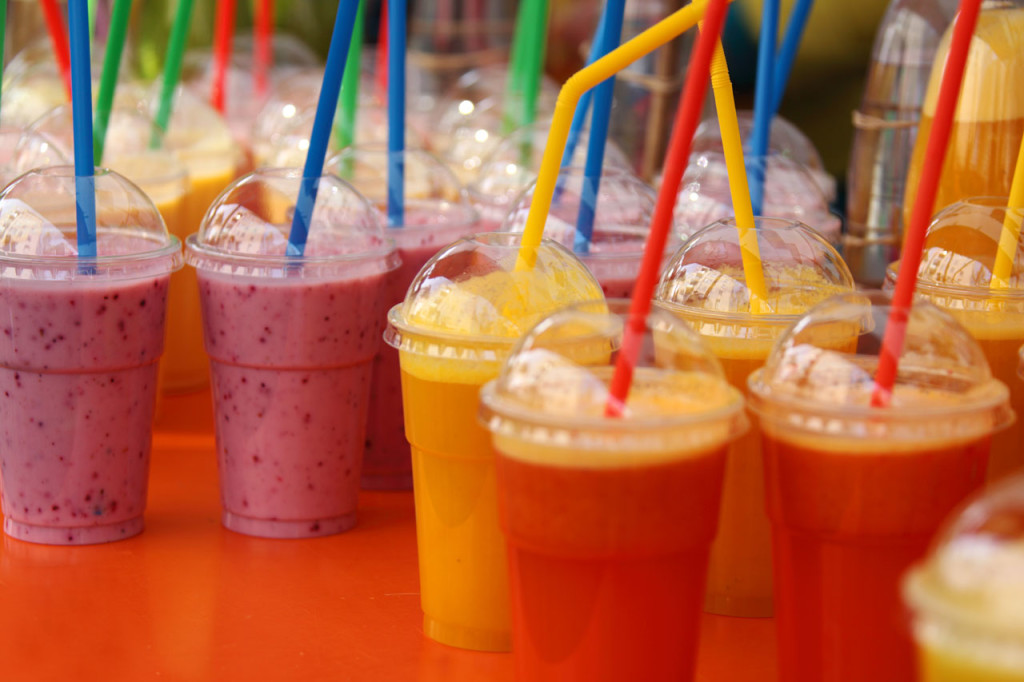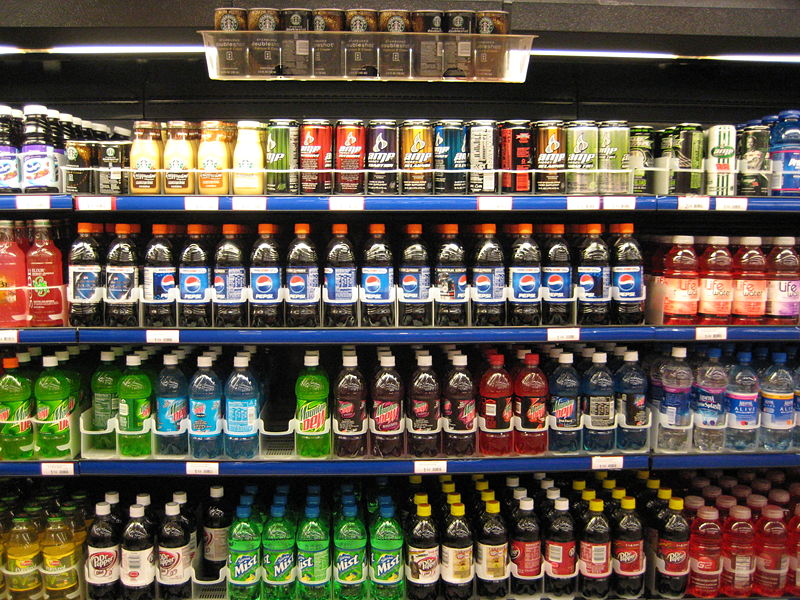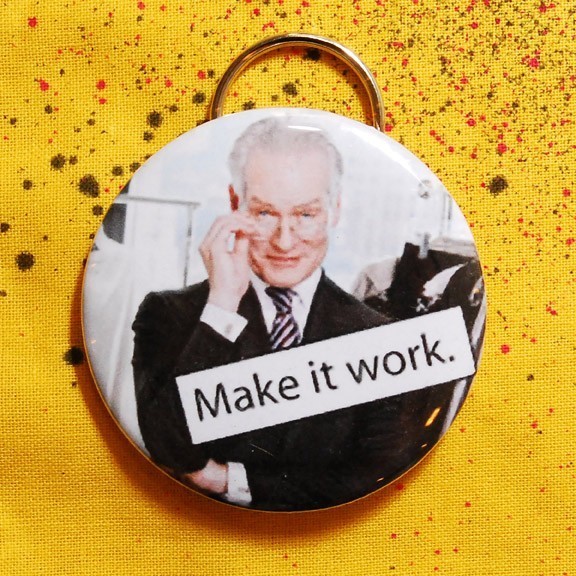5 “Healthy” Foods that Actually Aren’t
You exercise. You get enough sleep. You eat healthy.
So why aren’t you losing any weight?
The blame may be due, at least in part, to your diet. Especially if you are being unfairly duped by these five not-so-healthy health foods.
1. Granola
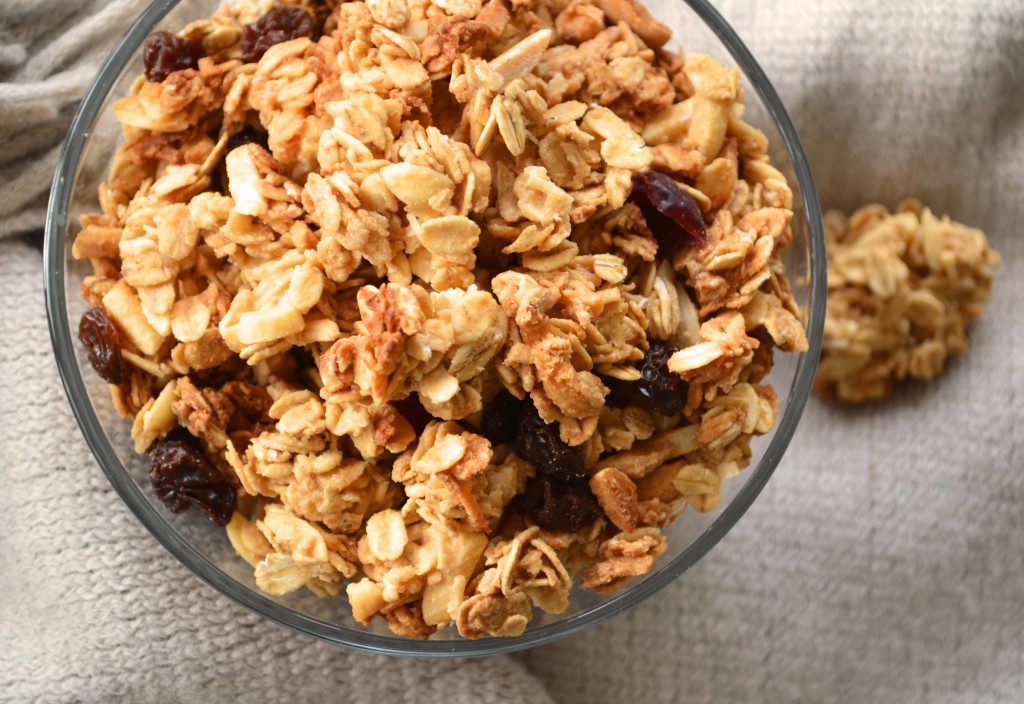 Surprising, right? Often regarded as the archetype of healthy breakfast food, granola can be a serious belt-buster. While it does have nutritional value (coming from nuts and seeds), these benefits are overshadowed by high calories, sugar, and fats. Its health is only further diminished when chocolate chips or yogurt are added. Additionally, pay attention to the tricky serving size: usually, it’s as little as ¼ a cup!
Surprising, right? Often regarded as the archetype of healthy breakfast food, granola can be a serious belt-buster. While it does have nutritional value (coming from nuts and seeds), these benefits are overshadowed by high calories, sugar, and fats. Its health is only further diminished when chocolate chips or yogurt are added. Additionally, pay attention to the tricky serving size: usually, it’s as little as ¼ a cup!
This doesn’t mean that granola is evil. The key is to carefully read the ingredients and avoid mixes with corn syrup or other artificial additives. Keep your helpings small and don’t pair it with yogurt or milk.
2. Frozen dinners
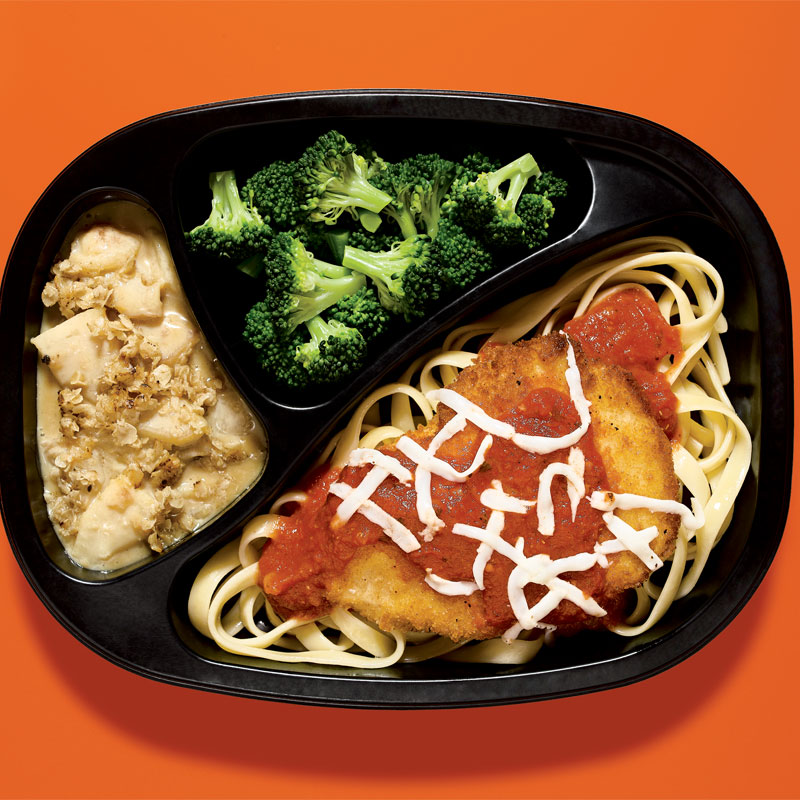 Yes, they are convenient. And yes, some of them carry “lean” or “healthy” in their name. But oftentimes, these little guys are jam-packed full of sodium and sketchy preservatives to keep them edible for longer (yikes!). Since many are low in fat and calories, they leave you feeling unsatisfied and predispose you to eating more afterwards. Additionally, maintaining a diet that is extremely low in calories will affect your metabolism, which makes controlling your weight much more difficult.
Yes, they are convenient. And yes, some of them carry “lean” or “healthy” in their name. But oftentimes, these little guys are jam-packed full of sodium and sketchy preservatives to keep them edible for longer (yikes!). Since many are low in fat and calories, they leave you feeling unsatisfied and predispose you to eating more afterwards. Additionally, maintaining a diet that is extremely low in calories will affect your metabolism, which makes controlling your weight much more difficult.
In today’s busy world, however, I know frozen dinners seem like the only option. Fortunately, there are some great options (like black bean burgers or organic frozen meals). Take time to carefully read the ingredients, watch out for the sodium content, and choose options with lots of vegetables.
3. Multigrain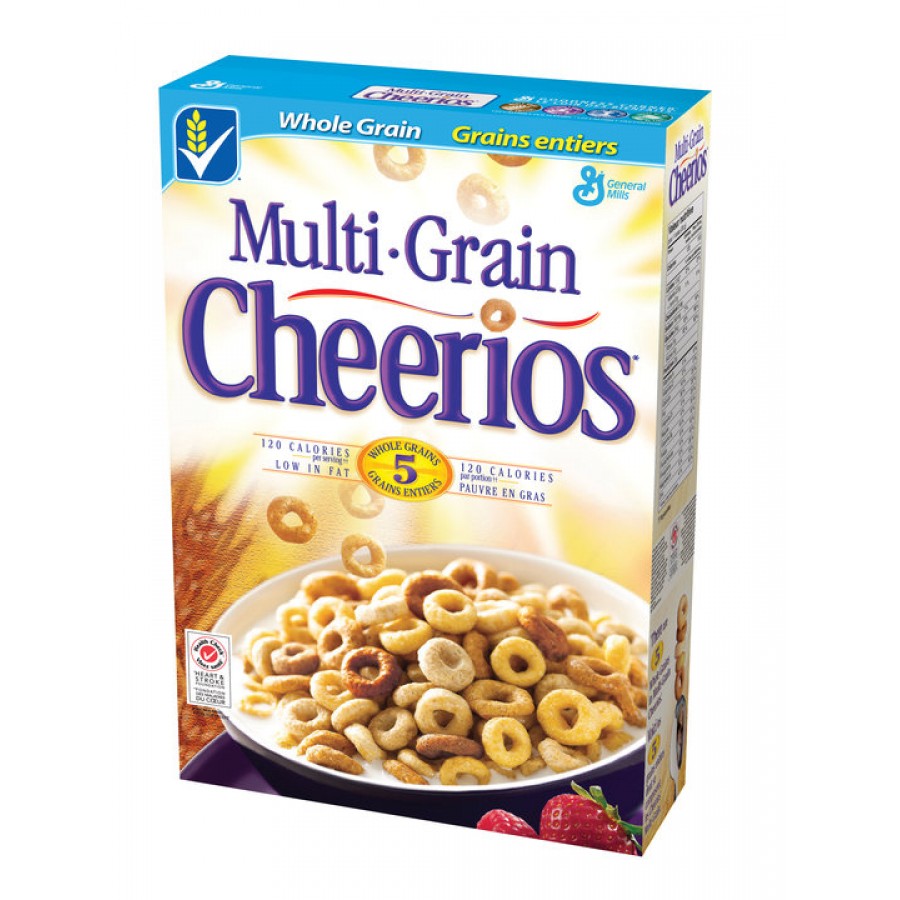
Those tricky marketers are trying to fool the public into thinking that “multigrain” means “whole grain.” Unfortunately, it doesn’t. In fact, any manufacturer can stamp “multigrain” onto any product made with different kinds of grains—including refined or bleached ones. This extends to foods labeled “whole grain” as well: whole grain doesn’t necessarily mean 100% whole grain.
Once again, check the ingredient list (see a pattern here?). Double check for 100% whole wheat, oats, etc. Avoid the words: refined, bleached, or enriched.
4. Smoothies
I don’t mean the homemade, 100% fruit and veggie ones (although, choosing the wrong ingredients can negate health benefits and they are often unsatisfying). I’m talking about the premade, sugar bombs you find at places like Smoothie King. You think you are making a smart choice, but drinking your lunch isn’t the best idea. While the fruits and veggies found in these smoothies are healthy, they are disguised by sugar or fatty creams. Also, you still run into the problem of liquid meals simply not being as filling.
If you are not ready to give up smoothies, opt for making your own. This is the best way to ensure that your drink isn’t weighed down by sugars. Use locally grown fruits and veggies; if you are looking for a creamier smoothie, use yogurt instead of cream or whole milk. Also, keep your portions small and augment your diet with actual food.
5. Diet soda
Diet soda isn’t good for you. This isn’t exactly a secret, but it still surprises people. What it lacks in calories it makes up for in artificial sweeteners that are shown to increase belly fat and mess with your metabolism. Also, they pretty much have no nutritional factor at all so you are drinking useless, empty calories. Not to mention the fact that certain studies link diet sodas to higher rates of depression.
If you are addicted, start by making the switch to other carbonated drink options like club soda. Eventually, it’s wise to limit yourself to water or other drink options that actually offer some nutritional benefits.
Remember…
These are just five of the many food options out there pretending like they are healthy. Manufacturers know that consumers are leaning toward healthier foods and so they try to fool you with every trick in the book—“low fat,” “zero calorie,” etc. The important thing is to always, always, always read the ingredients. But remember: the occasional smoothie or diet coke is fine (we all have our cravings), just don’t make them a habit. Consume these foods in moderation, strive to make healthy choices otherwise, and no longer allow yourself be fooled by labels.
This article was written by Carolyn Heintz and published at Lifehack.org on August 15, 2013.

